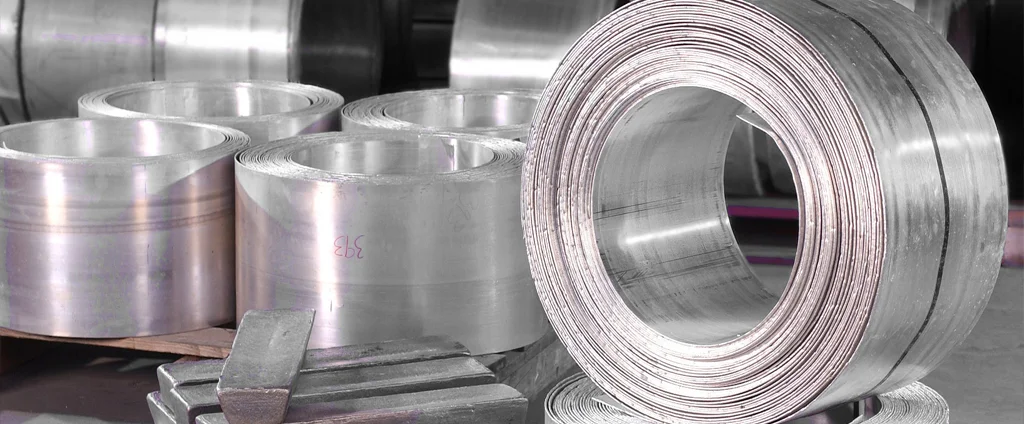Magnesium AZ61A-F (UNS M11610)

Magnesium AZ61A-F is a wrought magnesium-aluminum-zinc alloy recognized for its balance of strength, corrosion resistance, and weldability. It is widely used in industries where weight reduction and mechanical performance are key factors, including aerospace, automotive, electronics, and sports equipment manufacturing.
| Chemical Composition | ||
|---|---|---|
| Element | Min | Max |
| Magnesium | —— | Remainder |
| Aluminum | 5.8% | 7.2% |
| Copper | —— | 0.05% |
| Iron | —— | 0.005% |
| Manganese | 0.15% | —— |
| Nickel | —— | 0.005% |
| Silicon | —— | 0.1% |
| Zinc | 0.4% | 1.5% |
The following table provides a list of magnesium AZ61A-F properties in both SI and US customary/Imperial units.
Click on the button to switch between Metric and Imperial units.
| Physical Properties | Metric |
|---|---|
| Density | 1800 kg/m3 |
| Mechanical Properties | Metric |
| Tensile Strength (Ultimate) | 295 MPa |
| Tensile Strength (Yield) | 180 MPa |
| Compressive Strength (Yield) | 125 MPa |
| Bearing Strength (Ultimate) | 500 MPa |
| Bearing Strength (Yield) | 285 MPa |
| Shear Strength | 145 MPa |
| Young’s Modulus (E) | 45 GPa |
| Shear Modulus (G) | 17 GPa |
| Elongation at Break in 50 mm | 12% |
| Poisson’s Ratio (ν) | 0.35 |
| Brinell Hardness 500 kg load, 10 mm ball | 55 |
| Knoop Hardness Converted from Brinell | 70 |
| Vickers Hardness Converted from Brinell | 66 |
| Machinability | 100% |
| Charpy Impact V-notch | 3.00 J |
| Thermal Properties | Metric |
| Melting Point Incipient Melting | ≥ 418 °C |
| Solidus | 525 °C |
| Liquidus | 620 °C |
| Specific Heat Capacity (Cp) | 1050 J/kg·K |
| Coefficient of Thermal Expansion (αL) | 26.0 1/°C |
| Heat of Fusion | 370 J/g |
| Electrical Properties | Metric |
| Electrical Resistivity | 1.25×10-5 Ω·cm |
The values in this table are approximate and can vary depending on various factors such as the specific manufacturing process and heat treatment applied to the alloy.
Advantages & Disadvantages of Magnesium AZ61A-F
| Advantages | Disadvantages |
|---|---|
| Lightweight | Corrosion susceptibility |
| High strength-to-weight ratio | Limited temperature range |
| Good vibration damping | Limited formability |
| Good weldability | Higher cost |
| Good machinability | Fire hazard |
Applications of Magnesium AZ61A-F
Thanks to its lightweight, strength, and formability, magnesium AZ61A-F is well-suited for demanding environments across multiple industries, including:
- Aerospace industry: Used in aircraft components, including structural parts, engine housings, brackets, and interior components.
- Automotive industry: Utilized in applications where weight reduction is crucial for fuel efficiency and performance, including transmission cases, engine blocks, steering columns, intake manifolds, and interior components.
- Sporting goods: Suitable for products like golf club heads, bicycle frames, and tennis rackets due to its lightweight and vibration-damping properties.
- Consumer electronics: Used in lightweight devices such as laptops, tablets, and mobile phones for compact, durable designs.
- Tooling and equipment: Ideal for jigs, fixtures, and machinery components where ease of fabrication and weight reduction are important.
- Medical devices: Applied in implants, surgical instruments, and medical equipment for its light weight and biocompatibility.
